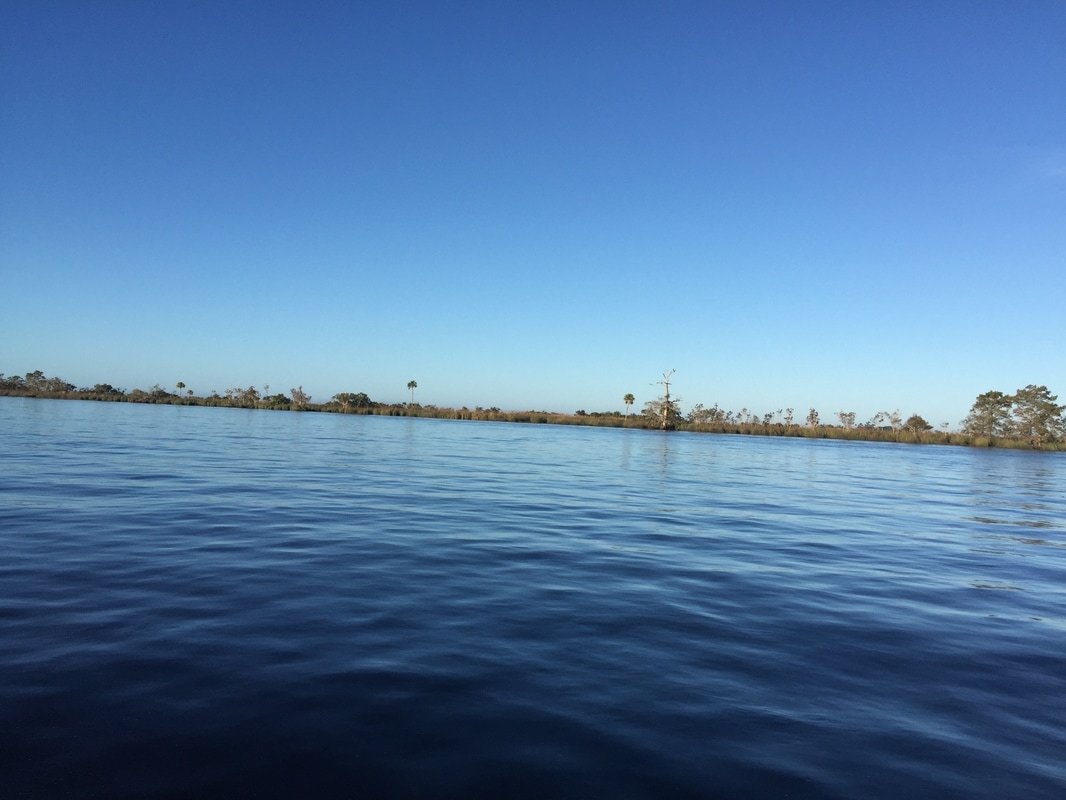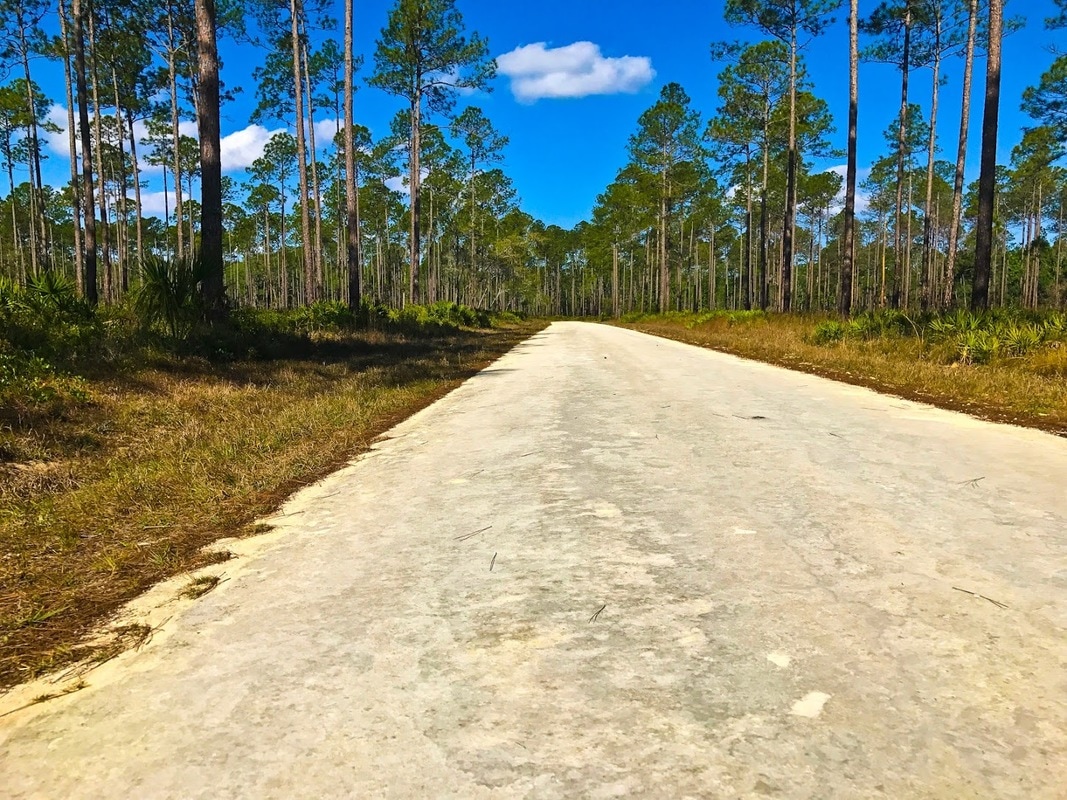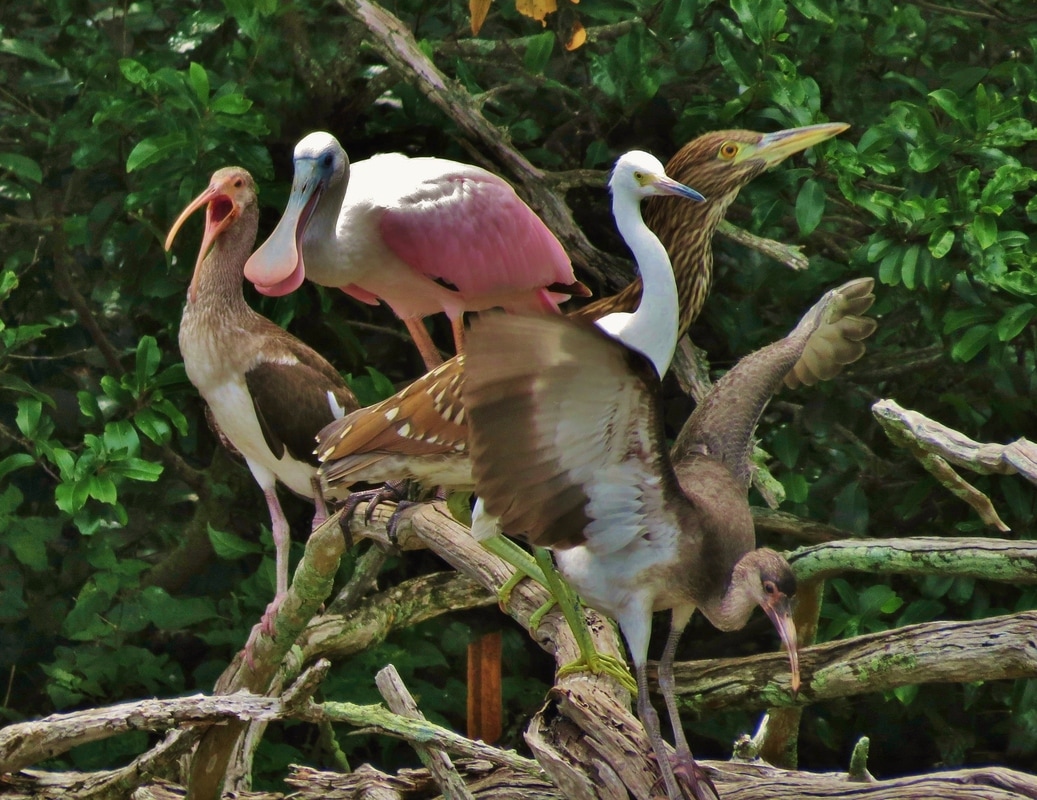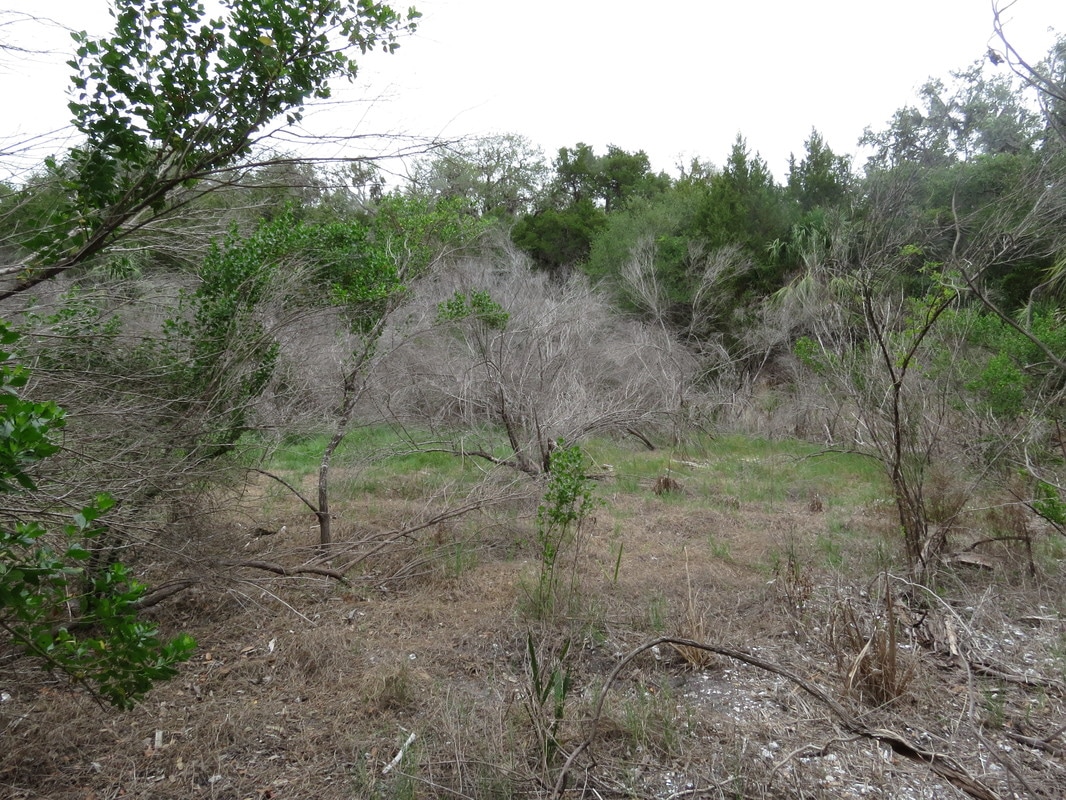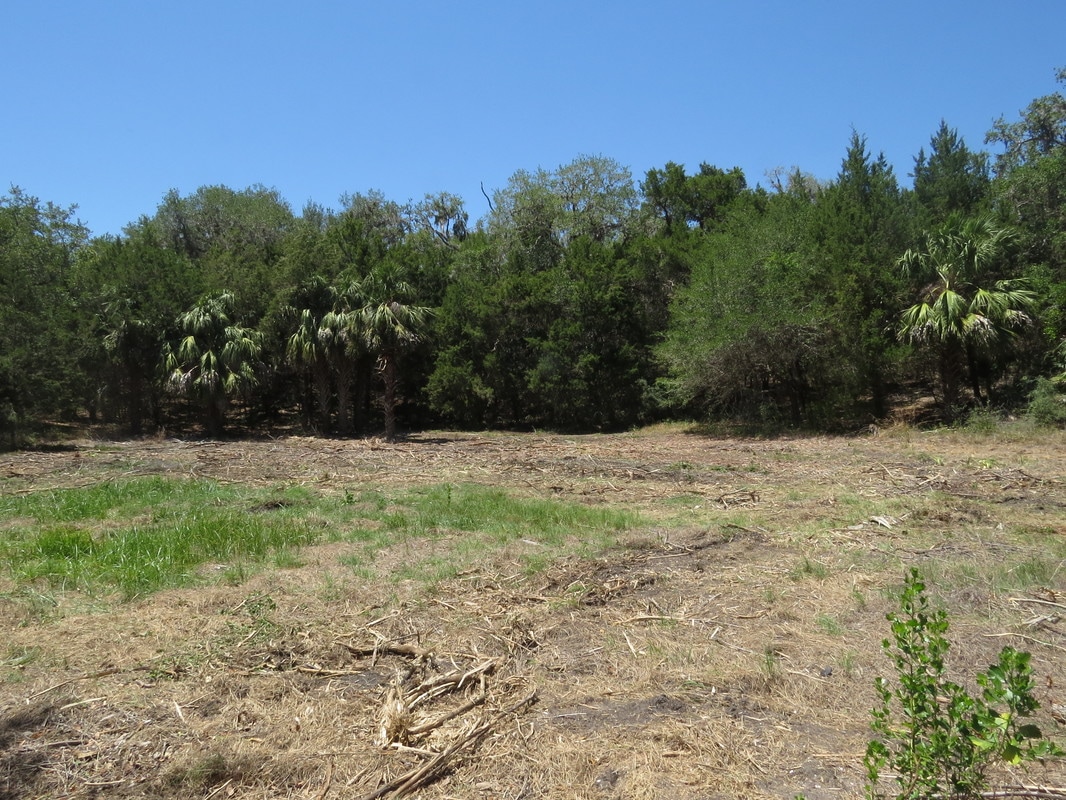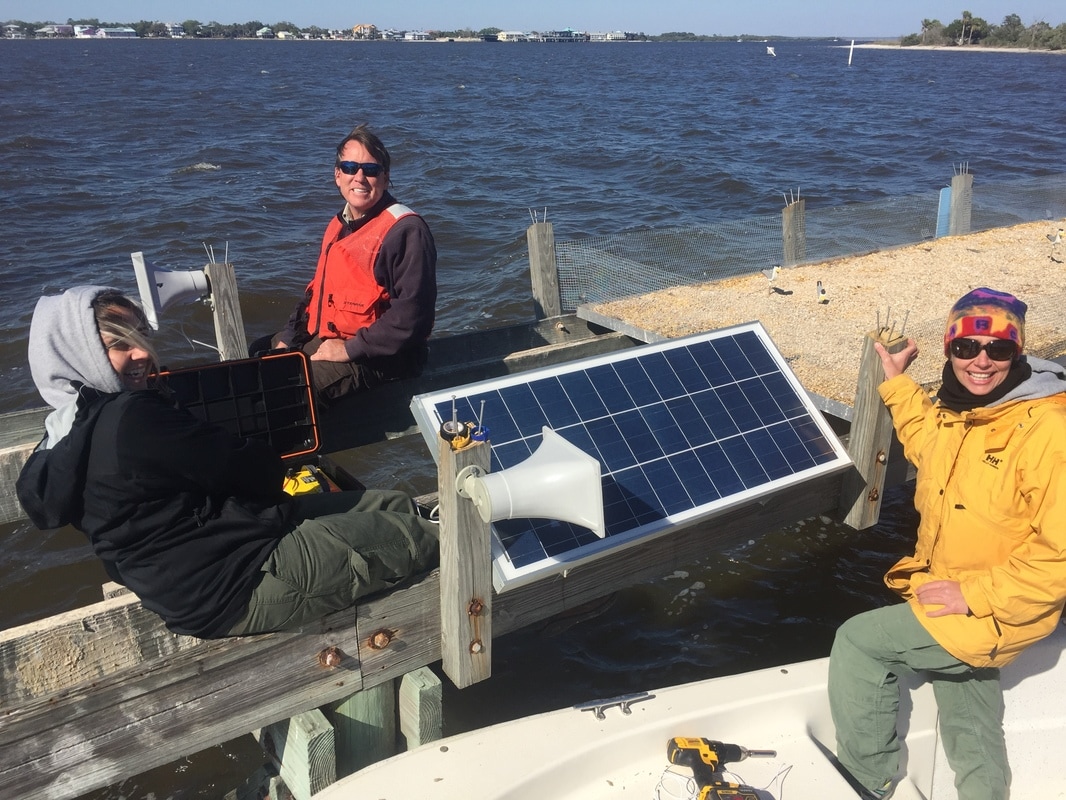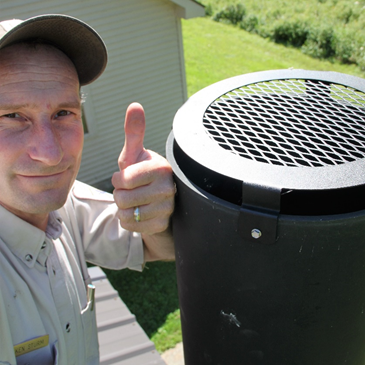|
In June, the National Wildlife Refuge Association is sponsoring a Peer to Peer Conference for Friends groups. It will be held at Ding Darling NWR on Sanibel Island. Friends of the Lower Suwanee & Cedar Keys NWRs will be represented by two board members, Debbie Meeks and Mackenzie Russell. The presenter list is impressive, but we are expecting that the best part will be getting to know the leaders of other Friends groups from around the region. Leaders from St. Marks NWR and St. Vincent will attend as well as Dan Frisk, the Complex Manager for our refuges.
0 Comments
Alan Davidson here. I am a long-time member of the Friends of the Lower Suwanee NWR. I live in the Tampa area, but my ties are to Dixie County. When I was seven years old my grandpa or Papa, as he is called around our family, purchased some land on the Suwannee. He brought me there shortly thereafter. Ever since then I have been making trips to the Suwannee River and all along the Gulf Coast, from Cedar Key to Steinhatchee. It's in my blood. It’s a part of me. Which is why, when I discovered the Friends of the Lower Suwannee Refuge, I had to participate and partner to be a steward for what Mother Nature gave us. However, other than take care of my property it is difficult to play a day to day role in the Friends because we live in Tampa. But in a stroke of good fortune, my company just instituted a “Volunteer Day,” in which each employee is given eight hours to volunteer at his or her non-profit of choice. It was a no-brainer for me: The Friends of the Lower Suwannee Refuge. Contact was made with Debbie Meeks who then connected me with Bill Dummit. Bill emailed me saying that he needed an extra pair of eyes on a brochure being created for the Friends. The brochure pertained to the Refuge Loop road, which runs 8.5 miles from the north to south end. I struck out with my trusty companion, a brindle seven year old boxer, who loves being in the woods “playing” with every anole he finds. We made our way through the Loop Rd., lined with cypress, pines, and oaks, taking pictures and documenting GPS waypoints and significant landmarks for the brochure. Being out in the woods was just the thing I needed as I sit behind a desk most every other week. And it was fulfilling to give to the Friends in another way other than giving small monetary donations once a year. I’m looking forward with anticipation for the next “Volunteer Day” to roll around so I can get back to the Friends, back to Suwannee, back to my roots, back to my childhood.
Renowned worldwide, Florida nature photographer Clyde Butcher will be visiting the Cedar Key and the Big Bend Region in August to photograph. Friends of Refuges will be helping to show him around. Even if you wouldn't jump at the chance to take him out into the swamp in mosquito season, you can help. Tell us your favorite spots -- either on land or water -- between Waccasassa and Steinhatchee. If you have pictures to share, even better. We will compile a list for Mr. Butcher to help him plan his itinerary. Please send your suggestions to [email protected] (attention: Maria Sgambati). Stay tuned: discussions are underway about a possible Clyde Butcher exhibit and/or talk in Cedar Key in 2018.
We only have 6 staff members these days, but lots has been happening. Black Bears and Birds -- Vic Doig attended the Black Bear Working Group meeting. Vic also is continuing with quail and nesting bird counts. Fire is a big issue. Vic recently led a Fire Refresher course for Tall Timbers and University of Florida fire teams. The Refuges continue in Fire Severity code and are setting record dryness records. Refuge Forester Daniel Barrand is at Okefenokee NWR assisting with forestry planning on the wildfire at that refuge. Roads -- Jason Coates is leading a road maintenance effort on the Dixie Mainline and continues to lead volunteers in Dixie on numerous projects. Research -- Refuge staff members are working with the University of Florida and others on a proposal for an 8-year research and monitoring project to be potentially funded by Gulf Spill monies. Cooperation -- The Refuge hosted staff members from several other regional National Wildlife Refuges for a workforce planning meeting and the Annual Hunt Meeting. Suwannee River Water Management District -- Refuge Manage Andrew Gude and Friends President Russ Hall welcomed the Board and Staff of the Suwannee River Water Management District to Cedar Keys NWR and the town of Cedar Key. Friends thanked the Board and staff for their many years of partnership with the Refuges leading to acquisition of lands and improved management of public areas. Much to the regret of all potential participants, the gusty winds on May 4th and 5th precluded the planned boat tour of the Cedar Keys Refuge islands. Paddling Project -- Nature Coast Biological Station has funded a summer intern at the Refuge. He will add to the self-guided paddling project that Friends initiated and provide views of the Refuges from the water for recreational paddling and kayak fishing enthusiasts. Seahorse Key -- Cedar Keys NWR has temporarily opened the seasonally closed waters around Seahorse Key, given there are no nesting birds to protect.
Forest to Sea Tour -- Refuge staff members participated in the tour highlighting the Regional Conservation Partnership Program, which is advancing the Lower Suwannee and Gulf Watershed Project. Other participants were from:
Refuge staff members cleared dead shrubby vegetation (casualties of Hurricane Hermine) from the interior portion of the Shell Mound. This management activity is the beginning stage of a complete redesign of the interpretation of the Shell Mound archaeological resource. Refuge staff members and volunteers, including Friends member Ron Black, will be working with University of Florida Archaeologist Ken Sassaman and his students who are providing guidance, interpretive material, and expertise as it relates to the culture and history of the people who constructed the mound. Target date for completing this project is late summer.
Refuge staff members designed, constructed, and installed a shorebird nesting platform on the old dock at Atsena Otie Key. The primary target species for nesting is the least tern with secondary targets being black skimmers and/or American oystercatchers. The Refuge partnered with biologists from the State Fish and Wildlife Conservation Commission who provided a speaker and recorder that is loudly playing a constant barrage of least terns calls in hopes of attracting the attention of homeless birds to the nest site. Least tern decoys were also deployed to lure in curious birds. Although no nesting has been documented to date, least terns have been observed loafing on the gravel laden platform.
In the May, our Refuge joined with the Teton Raptor Center's Poo-Poo Project to help prevent cavity-nesting birds from becoming entrapped in vault toilets as they enter ventilation pipes thinking they are a place to roost, nest or cache food. Thirty-one National Wildlife Refuges have installed the screens, thus protecting owls, kestrels, wood ducks, mergansers, buffleheads, goldeneyes, and woodpeckers found throughout the United States. Since the Project began in 2013, the Center has distributed 8,668 screens through 255 partners in 33 states.
|
Archives
June 2024
|

Friends of the Lower Suwannee & Cedar Keys National Wildlife Refuges
P. O. Box 532 Cedar Key, FL 32625 [email protected] We are a 501(c)(3) nonprofit organization. |
|


